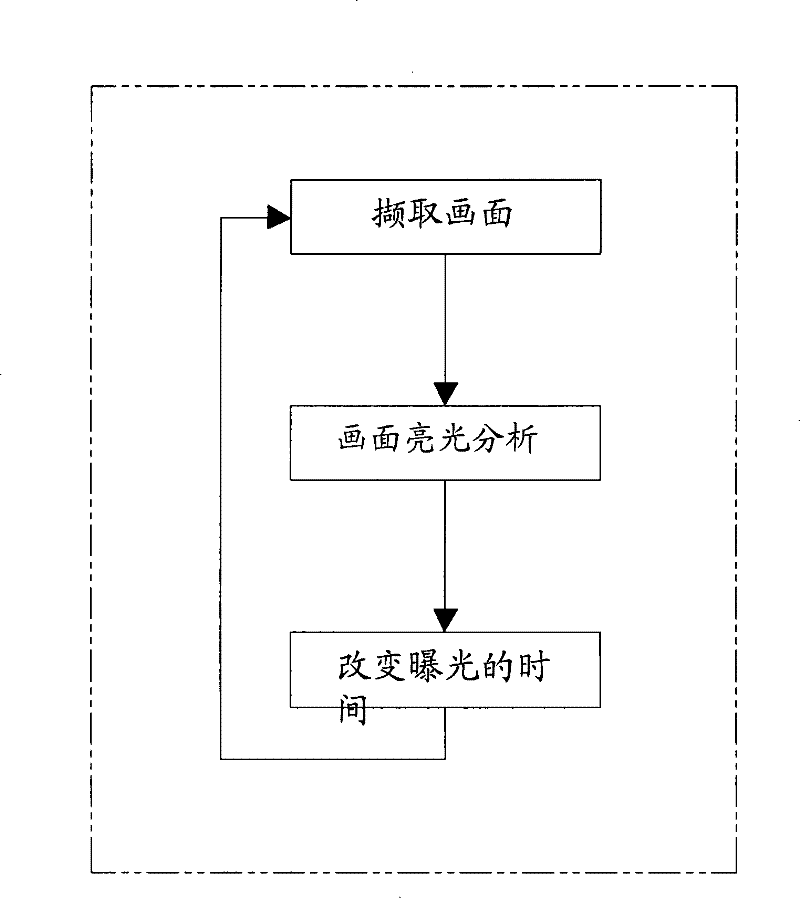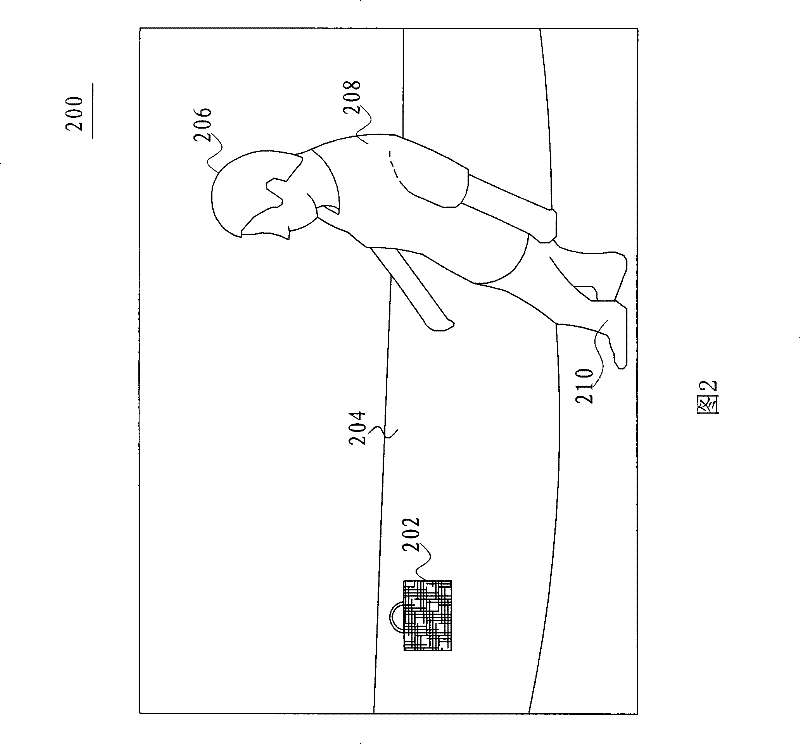Method of automatic exposure
An automatic exposure and exposure technology, applied in the field of detecting foreground objects, can solve the problems of the background model cannot be updated in real time, the number of false alarms is increased, and it is not easy to cut, so as to achieve stable and correct exposure, eliminate brightness misjudgment, The effect of improving accuracy
- Summary
- Abstract
- Description
- Claims
- Application Information
AI Technical Summary
Problems solved by technology
Method used
Image
Examples
Embodiment Construction
[0046] Such as Figure 5 Shown is a flow chart of the automatic exposure method of a preferred embodiment of the present invention. This method is suitable for image processing, wherein, at time t (i.e. the t-th frame), the second image data (t-1, t-2, ..., t-n frame) is generated at the time of the first image Before the data (the t-th frame), the method includes the following steps: the method inputs the first image data (S502). Afterwards, the method executes an object detection procedure to obtain at least one foreground object (S504). Next, the method judges whether the area occupied by the aforementioned foreground object in the frame is greater than a critical value (S506). If the area of the foreground object is greater than the critical value, the method performs brightness analysis on the entire first image data to adjust the exposure (S508, S512). Furthermore, if the area of the foreground object is smaller than the critical value, the method only performs br...
PUM
 Login to View More
Login to View More Abstract
Description
Claims
Application Information
 Login to View More
Login to View More - R&D
- Intellectual Property
- Life Sciences
- Materials
- Tech Scout
- Unparalleled Data Quality
- Higher Quality Content
- 60% Fewer Hallucinations
Browse by: Latest US Patents, China's latest patents, Technical Efficacy Thesaurus, Application Domain, Technology Topic, Popular Technical Reports.
© 2025 PatSnap. All rights reserved.Legal|Privacy policy|Modern Slavery Act Transparency Statement|Sitemap|About US| Contact US: help@patsnap.com



